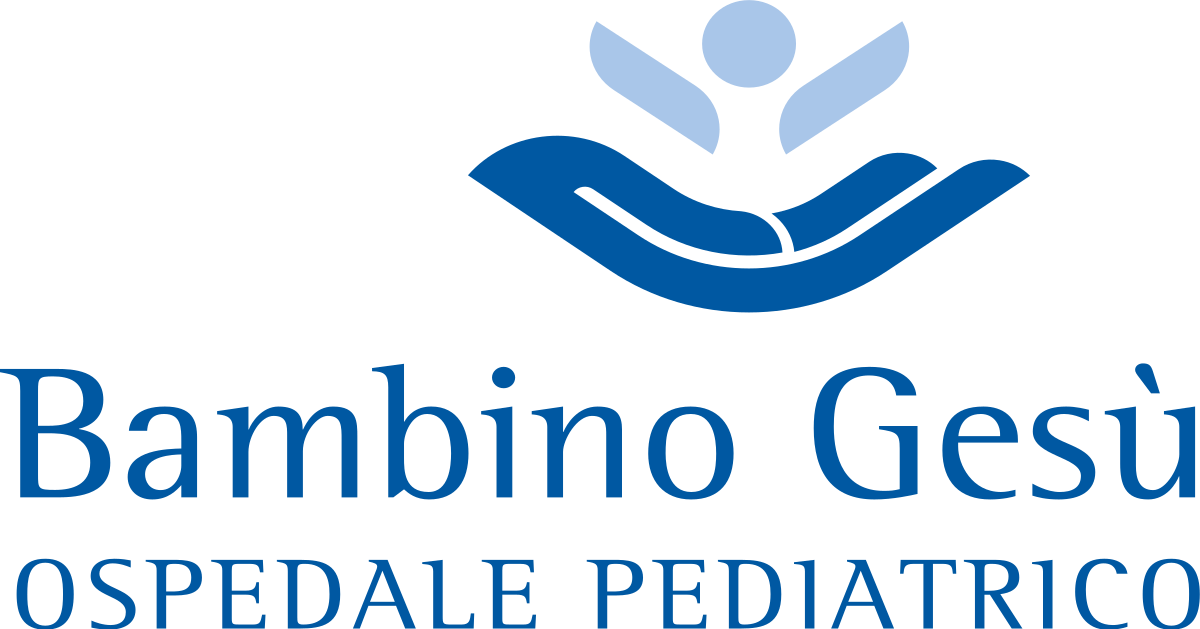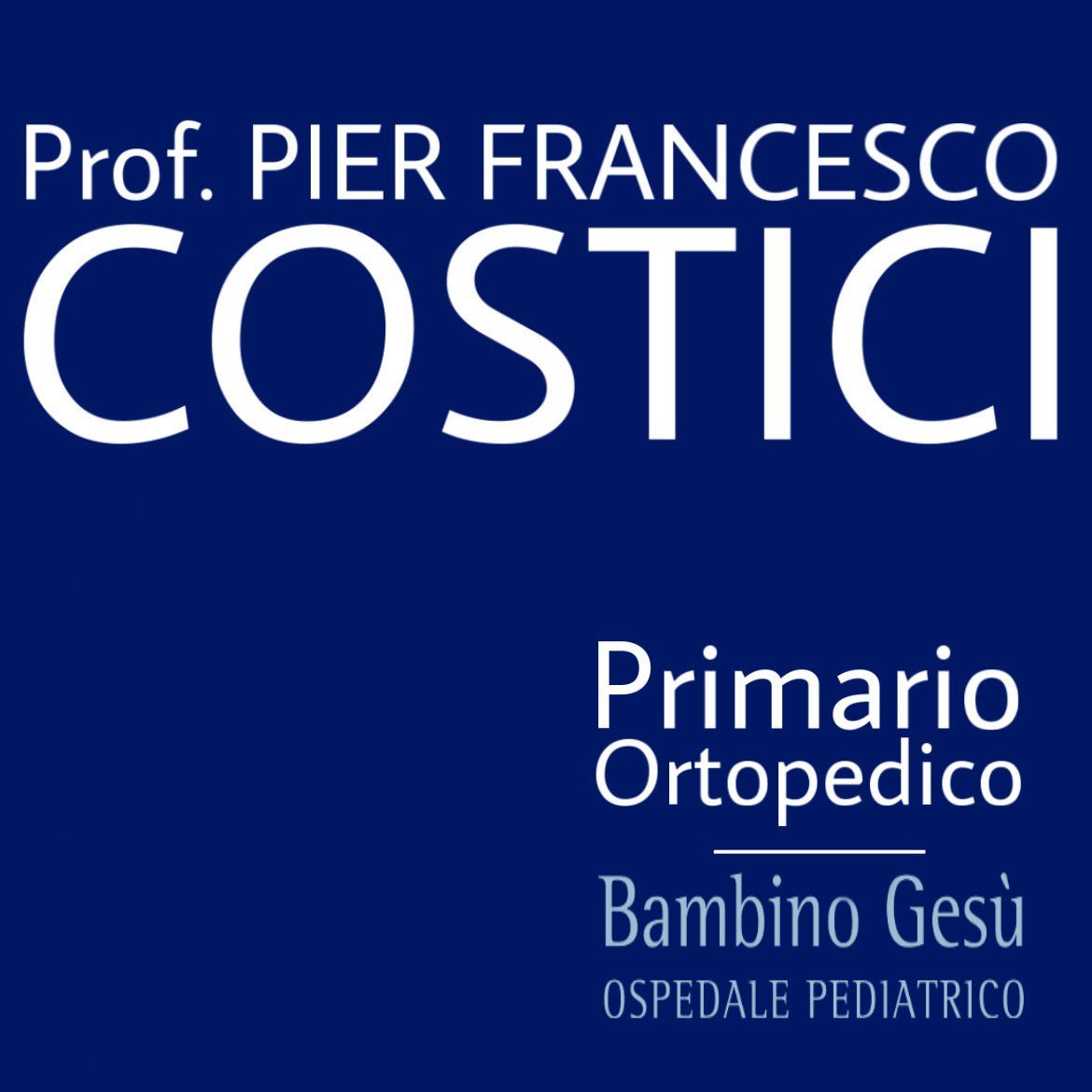PRESS AREA
RAI - TG1
RAI - TG2 Medicine 33
RAI - TG2 Medicine 33

Pediatric Spasticity: Minimally Invasive Surgery with Microscalpel
17 mag 2022
©Ansa
original article tg24.sky.it (italiano)
The new technique, successfully applied to approximately 500 children and adolescents from 2018 to today, was developed by the neuro-orthopedics team at the Bambino Gesù Pediatric Hospital in Rome, the only Italian facility performing this type of procedure.
Spasticity is a condition that globally affects an average of 3 in 1000 live-born children. It arises from damage to areas of the brain or spinal cord that control muscle tone and activity, characterized by excessive muscle tone and spasms in multiple muscles, leading to rigidity or difficulty in controlling voluntary movements. This results in a progressive transformation of muscle fibers into fibrous tissue, causing the shortening of muscles and tendons. To address this issue, a new minimally invasive surgical technique for treating spasticity has been developed by the neuro-orthopedics team at the Bambino Gesù Pediatric Hospital in Rome, the only Italian facility performing this type of intervention.
Overview of the Surgical Procedure
As explained in a statement on the hospital's website, the breakthrough is made possible by a microscalpel only 1 millimeter wide, enabling intervention on damaged muscle fibers and correcting the disorder "without incisions or stitches, minimizing pain, and reducing recovery times." The surgical technique has already been successfully applied to around 500 children and adolescents from 2018 to the present and was published in the scientific journal "Osteology MDPI." The new surgical technique for spasticity treatment, which, in most cases, can replace the traditional "open-sky" approach, is called "percutaneous fibrotomy surgery" and represents "a conservative and minimally invasive method." The surgery, as mentioned, is conducted using a microscalpel with which the surgeon "progressively cuts the bands and muscle fibers affected by spasticity until achieving the desired correction." The incisions are minimal and do not require stitches, making it possible to produce them simultaneously in multiple areas of the body. "Usable from the age of 2-3 years, the new technique reduces anesthesia times (10/20 minutes of surgery compared to over 60 with the traditional technique) and allows replacing the cast with a removable brace to start physiotherapy from the day after the intervention," explained the specialists.
Advantages of the New Technique
For children eligible for this type of operation, the technique offers some "remarkable" advantages, confirmed by Professor Pier Francesco Costici, head of orthopedics at Bambino Gesù. "Functional results are comparable to the open technique, wounds are not visible, pain is significantly reduced, and patients can be discharged the day after the procedure," he emphasized. "An additional benefit for children and their families comes from a faster and simpler postoperative management, even at home," he added.
TG5 Health
Scoliosis: defect or disease?
Luciano Onder interviews Professor Pier Francesco Costici, head orthopedist at the Bambino Gesù hospital in Rome
RAI - TG2 Medicine 33
"How to find out if a child suffers from scoliosis? What are the treatments and causes?
We talk about it with our guest in the studio, Prof. Pier Francesco Costici, Head of Orthopedics at the Bambino Gesù Pediatric Hospital in Rome."
Bambino Gesù Hospital YouTube channel

Knee Varus and Valgus: Physiological Conditions that Correct with Growth, but Not Always
by ANGELA NANNI
published on 27 September 2019
©La Stampa
Original article (in italian) from lastampa.it
The issue arises in early childhood and should be monitored to rule out any complications.
A young child who has recently mastered the ability to walk often has legs that, when closely observed, resemble parentheses. In essence, it seems as if the knees are separated by a greater space than usual. In almost all children, a phase of varus can be identified, which then tends to progress to a valgus phase. The knees, initially too far apart, subsequently appear closer together than they should be, taking on a characteristic X-shaped form. This transition is particularly evident around the age of three. Later, entirely naturally, the initially outwardly deviated axis tends to return to neutral, then inward.
If Valgus Persists:
However, especially if the child is overweight, valgus may not correct itself around 6-7 years but may worsen. This is more likely if there is a family history of valgus or varus. The persistence of knee valgus is due to a transient imbalance in the activity of the growth plates located on the lower surface of the femur and the upper surface of the tibia, with a tendency for the inner part of the knee to grow more rapidly than the outer part. There is no evidence that engaging in one sport over another can correct the problem, and opinions differ on the usefulness of insoles and footwear.
Professor Pier Francesco Costici, Head of Orthopedics at Bambino Gesù Pediatric Hospital, explains:
"In cases where physiological evolution does not improve, and any conservative treatment does not produce improvement, it is necessary to move on to surgical intervention to restore the normal femur-tibia axis and prevent cartilage disorders secondary to biomechanical imbalances. In pediatric age, the most commonly used surgical technique is epiphysiodesis. This technique aims to temporarily stop or slow down the growth of a growth plate of the femur or tibia or both, directing the growth opposite to the deformity. - Clarifies PierFrancesco Costici, Chief Orthopedic Surgeon at Bambino Gesù Pediatric Hospital in Rome, adding - Typically, in the correction of valgus, an epiphysiodesis of the medial physis of the femur is performed, while in the correction of varus, an epiphysiodesis of the lateral physis of the tibia is performed. The surgical approach is minimally invasive and involves applying an eight-plate secured with two screws across the affected growth plate; recovery times are fast, and the plates remain in place until the correction is achieved. This technique is applicable only during the growth phase; once skeletal maturity is reached, more complex and invasive procedures such as osteotomies will be necessary."
Idiopathic and Secondary Varus:
If varus does not regress, it should be suspected of being secondary to other conditions such as rickets, skeletal dysplasias, or Blount's disease, characterized by a growth defect on the inner part of the proximal end of the tibia that causes progressive leg deformities that bend below the knee.
"Blount distinguished two varieties: infantile, which occurs between the first and third years of life, and adolescent, which occurs after seven years. The infantile type is the most common, usually affecting obese children who start walking early. The progressive course of the disease is characterized by increasing tibial varus and is usually bilateral. The treatment follows the rules described above," concludes the expert.
Bambino Gesù Hospital YouTube channel
Palidoro is a Reference Center in Italy, with over three thousand neuropathic children operated on for orthopedic disorders.
Pier Francesco Costici explains to us that Neuro Orthopedics is a specialization that deals with orthopedic disorders in children suffering from neurological pathologies.

Doctor's Advice
"Why is a hip ultrasound necessary?"
answered by Pier Francesco Costici
Hip ultrasound is a completely harmless and painless examination, crucial for ruling out congenital hip dysplasia in newborns. It is generally performed within the first three months of life, preferably not before 60 days, to avoid "false negatives." Unfortunately, in children with neurological disorders (a broad category here at Bambino Gesù), this examination cannot exclude a secondary hip dislocation during the growth phase.
However, in a healthy child, a negative result can certainly reassure parents. This result, when combined with periodic screening by the pediatrician (who will perform the Ortolani-Barlow maneuver* during routine check-ups) and the first orthopedic visit when the child begins to take his first steps, provides comprehensive reassurance.
The Ortolani-Barlow maneuver (named after the doctors who developed it) is manually performed by the pediatrician, who can "feel" through touch whether the joint movement in the child is occurring correctly. If the femoral head shifts from its position, it could be a symptom of possible dysplasia.
TG2
"More than 50% of children have flat feet, Dr. Pier Francesco Costici talks to us about this pathology"
RAI RADIO
What are the characteristics that good summer shoes for children must have?
Orthopedist Pier Francesco Costici answers


